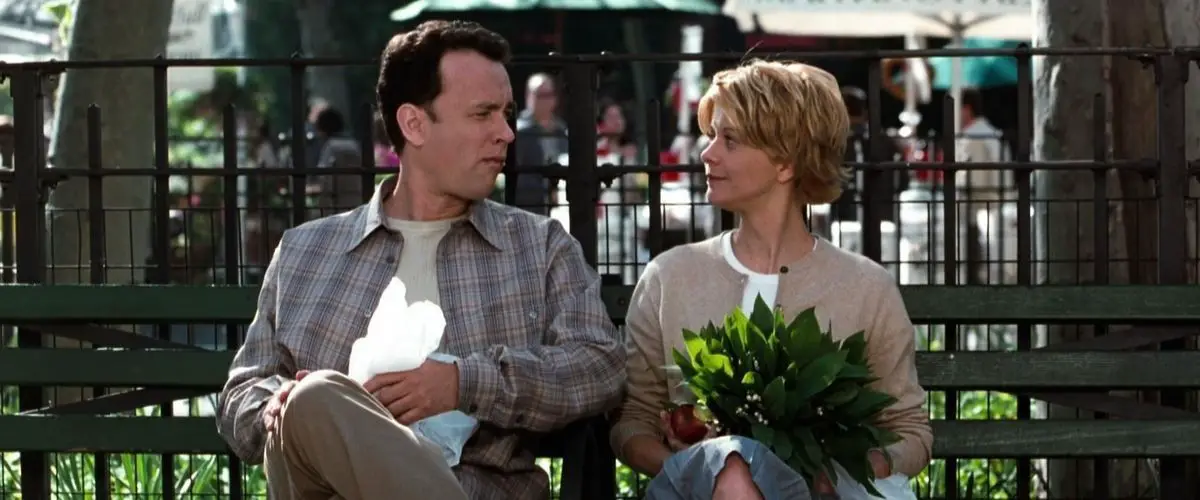Stop Turning Exclusively to White Movies for Comfort
Breaking down the bias of comfort films.
With the constant onslaught of complicated news that 2020 has brought, sometimes you just want to be able to shut off your brain, relax, and feel happy.
Enter comfort films. These are the feel-good movies that feel like a warm hug when you finish them, the ones that allow you to escape for a short while. We often turn to these types of films in times of trouble or extreme stress, and when we're not sure what films of this nature we should watch, we turn to the Internet for options.
And the Internet delivers. Numerous lists of comforting films to watch have been published across almost every major website since the start of the March. These lists often include old classics like Roman Holiday, new classics like 13 Going On 30, and soon-to-be classics like About Time. While the films featured on these types of lists vary across genres and time periods, there is one thing that all of these lists have in common: They are almost exclusively white, heteronormative films.
That is not to say that there is not any diversity. Gina Prince-Bythewood's directorial debut Love and Basketball, Alice Wu's recent Tribeca Film Festival award-winning film The Half of It, and Gurinder Chadha's star-making film Bend it Like Beckham make appearances on several lists. But by far, the majority of the films on these lists fall into a very specific bracket.
But with the landscape of Hollywood changing and the Academy becoming more diverse, does it really matter if a curated list of popular movies from the past reflects a history that we're already aware has some issues?
The answer is: Yes, very much so.
When curators, critics, and list makers hold up a largely white, heteronormative selection of films as definitive of any aspect of pop culture, their blind spot helps to maintain the inequitable status quo that currently exists in the film industry. If when a person wants to feel comforted, the sole type of content that they're encouraged to watch is one from a specific racial background or sexual identity, they will internalize that. These lists are curated for joy, and if joy is constantly centered on whiteness, on heteronormativity, on a very limited sense of identity, we are ignoring entire swaths of human beings and their experiences.
Changing the dynamics of our media and, by extension, our society is not simply about recognizing the trauma of oppression on-screen. It is about seeing these communities' joy expressed through the medium as well. This is why lists of films that center black joy are being created as additional material to engage with when learning how to be anti-racist. It is why there is a push for more happy endings in queer media. We change the status quo not simply by telling new stories or by telling stories of oppression, but also by seeking out narratives of joy from communities whose voices have rarely been centered.
The limited scope of so many Internet lists also implies that comforting content centering these communities does not exist, and that is simply not true. When films that feature marginalized communities only end up on lists for marginalized communities, it's clear that these identities are still considered an "other". By ignoring these films—films like Coming to America, TheBirdcage, and Hunt for Wilderpeople, films that made people feel seen, films that inspired the media and the creators we rave about—these lists are just reproducing the same problematic paradigms of the past and erasing the value of important works of art. Creating better media systems requires reckoning with how we look at past content, too.
This does not mean you need to throw away these lists or stop watching You've Got Mail. But it does mean that you should reflect on what type of films you watch that center marginalized communities, and whether that encompasses what you watch when you want to feel good. Are you only watching Black trauma narratives or are you also watching romantic comedies starring Black protagonists when you've had a bad day?
It also means that curators, critics, and creators of lists should move beyond their personal comfort zones and learn to seek out films that speak to experiences other than their own. Because, as it turns out, a lot of those films spark joy, too.
